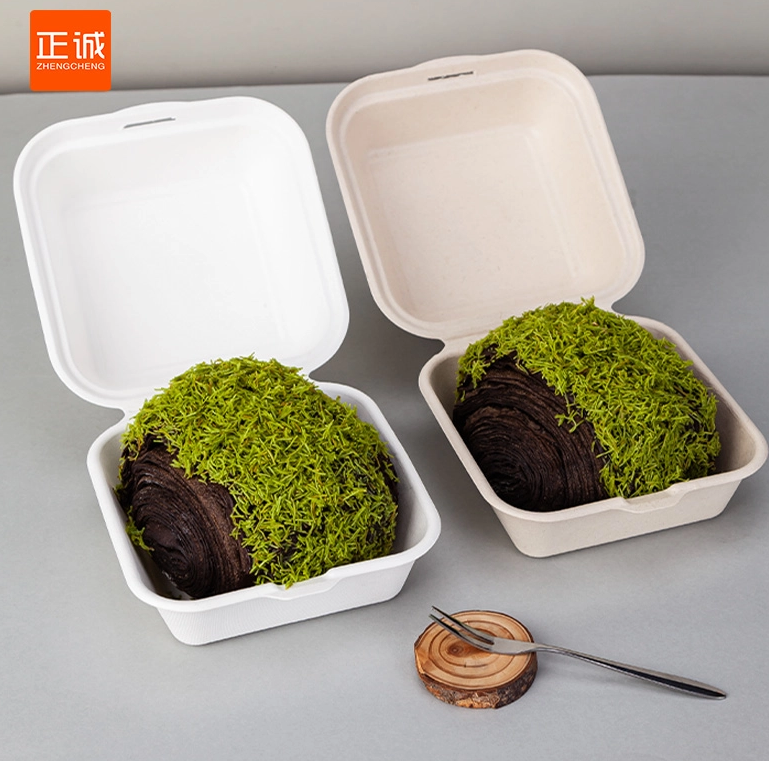Screen printing is a time-honored technique that has evolved into a sophisticated art form, utilized by artists, businesses, and hobbyists alike. While many factors contribute to the quality of a screen print, one of the most critical yet often overlooked aspects is temperature. Understanding the best temperature for screen printing can significantly enhance the quality of your prints, improve ink adhesion, and extend the lifespan of your screens. In this article, we will delve into the intricacies of temperature control in screen printing, providing you with practical insights to elevate your printing game.
The Science Behind Temperature in Screen Printing
Temperature plays a pivotal role in the screen printing process, affecting both the ink and the substrate. The viscosity of the ink, the drying time, and the adhesion to the substrate are all influenced by temperature. Generally, the ideal temperature range for screen printing is between 70°F to 90°F (21°C to 32°C). However, this range can vary based on several factors, including the type of ink used, the substrate material, and the specific printing environment.
- Ink Viscosity and Flow
The viscosity of screen printing ink is crucial for achieving smooth and consistent prints. At lower temperatures, inks tend to thicken, making them difficult to work with. Conversely, higher temperatures can cause inks to become too fluid, leading to issues such as bleeding or smudging. Maintaining an optimal temperature ensures that the ink flows smoothly through the screen, allowing for precise registration and clean lines.
- Drying Time and Curing
The drying time of screen printing ink is another critical factor influenced by temperature. Inks typically dry through evaporation, and higher temperatures can accelerate this process. However, if the ink dries too quickly, it may not adhere properly to the substrate, resulting in poor print quality. Conversely, if the temperature is too low, the ink may remain wet for an extended period, increasing the risk of smudging or contamination.
For plastisol inks, which are commonly used in screen printing, the curing temperature is particularly important. Plastisol inks require a curing temperature of around 320°F (160°C) to achieve optimal adhesion and durability. This means that while the printing environment should be kept within the 70°F to 90°F range, the curing process must involve higher temperatures to ensure the longevity of the print.
Environmental Considerations
The environment in which you are screen printing can significantly impact temperature control. Factors such as humidity, airflow, and even the materials used in your workspace can affect the overall temperature.
- Humidity Levels
High humidity can lead to moisture absorption in the ink, altering its viscosity and drying time. Ideally, the humidity level should be kept between 40% to 60% for optimal printing conditions. If the humidity is too high, consider using dehumidifiers or air conditioning to maintain a stable environment.
- Airflow Management
Proper airflow can help regulate temperature and humidity levels in your printing area. Ensure that your workspace is well-ventilated to prevent heat buildup, especially if you are using multiple heat sources for curing.
Practical Tips for Achieving Optimal Temperature
To ensure that you are working within the best temperature range for screen printing, consider the following practical tips:
- Use a Thermometer: Invest in a reliable thermometer to monitor the temperature of your printing environment. This will help you make necessary adjustments to maintain optimal conditions.
- Test Prints: Conduct test prints at different temperatures to determine the ideal conditions for your specific inks and substrates. This experimentation can provide valuable insights into how temperature affects your prints.
- Adjust Curing Times: When curing prints, always refer to the manufacturer's recommendations for curing temperatures and times. Use a heat gun or conveyor dryer to achieve the necessary temperatures for curing plastisol inks.
- Monitor Ink Behavior: Pay close attention to how your ink behaves at different temperatures. Adjust your printing technique based on the viscosity and drying time of the ink to achieve the best results.
Conclusion
Understanding the best temperature for screen printing is essential for achieving high-quality prints that stand the test of time. By maintaining an optimal temperature range, managing environmental factors, and employing practical techniques, you can unlock the full potential of your screen printing process. Whether you are a seasoned professional or a novice, mastering temperature control will undoubtedly enhance your printing outcomes and elevate your craft to new heights. Embrace the science of temperature in screen printing, and watch your prints transform into stunning works of art.

More Stories
Customizable Logo Pulp Boxes in Kraft and White for Sustainable Food Packaging Solutions
What Is Hypalon Rubber Sheet? Exploring Its Exceptional Weather Resistance
What Is SMC (Sheet Molding Compound)? Complete Guide for Engineers